Article Search
SearchFuel Cell Store Blog

This is the fourth part in a SaveOnEnergy series discussing the ins and outs of different forms of renewable energy. Wind, solar, and water are all forces of nature that can provide renewable energy, but did you know we can also draw power from the earth itself? We call this geothermal energy – a power source collected from...

This is the third part in a SaveOnEnergy series discussing the ins and outs of different forms of renewable energy. Much like the history of wind power, people have been harnessing the power of water for centuries – a form of energy now known as hydropower. In fact, up until 2019, hydropower was the largest source of total U.S. renewable...

This is the second part in a SaveOnEnergy series discussing the ins and outs of different forms of renewable energy. Harnessing the power of the wind is not a new idea. In fact, humans have been using wind power for hundreds of years. From filling the sails of massive ships to the classic windmills powering grain mills, wind power has...
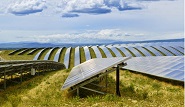
This is the first part in a new SaveOnEnergy series discussing the ins and outs of different forms of renewable energy. Solar energy has grown in popularity across the country, from massive solar farms to single panels powering residential homes. This is especially true in Texas – which is fifth...
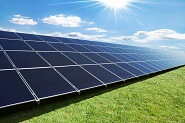
If you are considering the installation of a solar system (by yourself or by a solar company), there are several codes and regulations that need to be adhered to. These include the National Electrical Code (NEC), local permits, building codes, fire codes, and grounding systems. In addition, every component in a...

Fuel cells have now been under development for several decades. Since I first became interested in fuel cells in the 1990’s, I have seen waves of excitement and investment followed by periods of skepticism and disillusionment. Only a few companies have stayed in the game, with Ballard in Canada and the large automakers such as Toyota being a critical and essential part for...
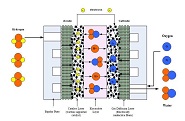
A one-dimensional heat, mass and charge transfer model was developed for a polymer electrolyte fuel cell stack to predict the temperatures, mass flows, pressure drops, and charge transport of each fuel cell layer over different operating conditions. The fuel cell layers’ boundaries were...

There has been a lot of emphasis on the development of long-lasting, efficient and portable, power sources for further technology improvement in commercial electronics devices, medical diagnostic equipment, mobile communication and military applications. These systems all require...

Many automotive manufacturers have chosen fuel cell technology as the long-term solution to replace combustion engines when the oil stops flowing -- but that’s not expected to happen for at least another 15 years (even if we keep using it at our current rate). So why are we...

This blog post includes a quick fuel cell introduction, parts list and design for a 1 cm x 1 cm (active area) fuel cell. This summary was put together mainly for students interested in fuel cell research. Figure 1 presents a summary of the dimensions and basic characteristics of most MEMs fuel cell stacks in the...
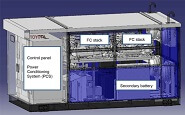
Fuel cells can be used for primary power, backup power, or combined heat and power (CHP) for stationary applications. Stationary fuel cells can be sized to power anything from a single-family home to a large business center, which means they make sense for a wide range of markets including retail, data centers, residential, telecommunications, and...
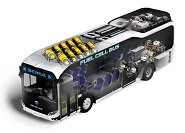
Fuel cells can be used to power the electric motor of buses, utility vehicles, and electric scooters. The vast majority of these fuel cells use oxygen from the air and compressed hydrogen; therefore, these vehicles only emit water and heat as byproducts. The major reason for developing fuel cell technology for...

I was getting my haircut last week, and my hairdresser told me that her daughters are interested in science. She then asked me, “What should I tell them about science-based careers?” “I really do not know what scientists and engineers do?” I could see my hairdresser’s point-of-view though, I really did not know much about engineering or...
Fuel cell vehicles (FCV) use fuel cells to power the vehicle’s electric motor. Many FCVs use a fuel cell combined with a battery and supercapacitor to efficiently start-up, power, and utilize the best energy source for constant and peak power. In FCVs, the fuel cell uses oxygen from...
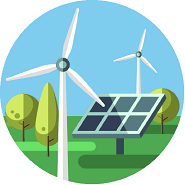
Many years ago, there was a great guy that used to sit next to me at work. We used to laugh a lot when people called themselves “experts.” When it was really true -- we didn’t laugh; however, it often was not true. Our fast-paced culture breeds this mentality because many individuals think that if they do something...








